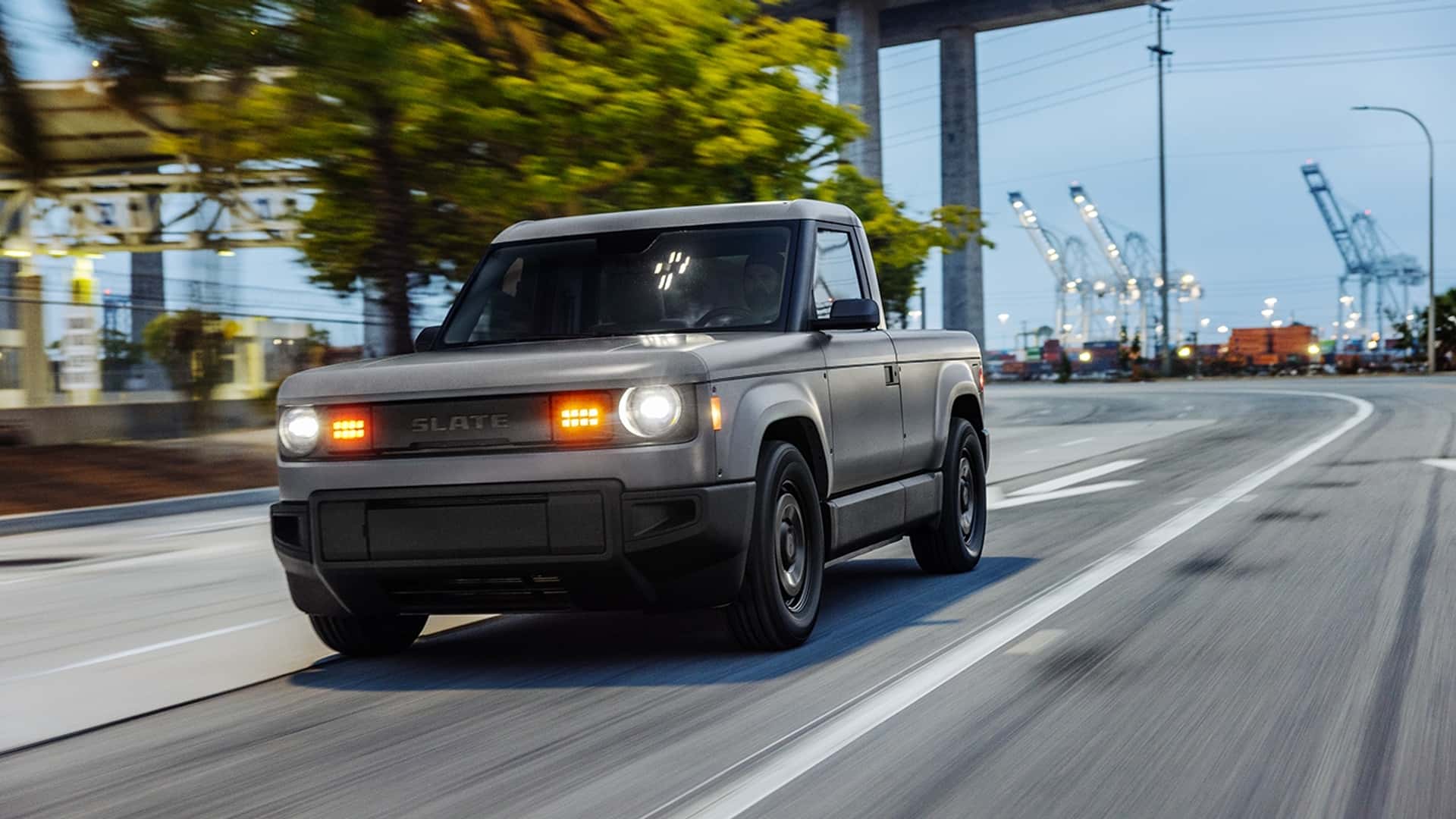You Need Far Less Range Than You Realize

Understanding the Real Need for EV Range
When it comes to electric vehicles (EVs), many consumers are drawn to models with long ranges, often expecting their cars to offer 250, 300, or even 400 miles on a single charge. However, research suggests that this might not be necessary for most drivers. According to data from Recurrent, an analysis firm tracking range and battery health in thousands of EVs, the average EV driver uses only a small fraction of their car's EPA-rated range.
Recurrent found that, on average, EV drivers use just 12.6% of their car’s rated range daily. This means that switching to an EV could be more accessible and affordable than many people think. The company analyzed data from over 40,000 EVs and discovered that many owners are leaving a significant portion of their vehicle’s range unused.
Daily Range Usage by Vehicle Type
The usage patterns vary depending on the vehicle's EPA-rated range. Here’s a breakdown:
- 75-100 mile EVs: 22.8% of range used daily
- 300-325 mile EVs: 12.0% of range used daily
- 350-375 mile EVs: 11.3% of range used daily
- 375-400 mile EVs: 7.9% of range used daily
These figures align with general driving habits. Government data shows that the average American drives around 40 miles per day. Therefore, the push for longer ranges is often driven by hypothetical scenarios rather than everyday needs. Concerns like “What if I want to take a cross-country road trip?” or “What if I don’t want to be limited by my car?” are valid but may not apply to all drivers.
The Impact of Range on EV Adoption
For some, a larger battery is essential, especially if they rely on public charging stations or live in areas with limited fast-charging infrastructure. Additionally, some EV owners also own gas-powered vehicles, which can influence their perception of range requirements.
Despite these exceptions, the data suggests that many drivers do not need extensive range. Smaller battery packs could lead to cheaper EVs, making them more accessible to a broader audience. Lighter and more efficient vehicles would also save drivers money on electricity costs.
A 200-mile EV, for example, could handle 99% of daily driving needs, yet manufacturers continue to add cost and weight for unused range. This trend highlights the potential for more practical and affordable EV options.
Industry Trends and Consumer Preferences
Some automakers are starting to recognize this shift. A new EV startup backed by Jeff Bezos plans to sell a small pickup truck with approximately 150 miles of range at a price point of around $25,000. Ford has also announced an upcoming electric pickup with a 51-kilowatt-hour battery, similar in size to the Slate’s.
Lucid’s former CEO, Peter Rawlinson, has suggested that 180-mile EVs could represent the future. He believes that as charging infrastructure becomes more widespread, such ranges will be sufficient for many drivers.
Addressing Range Anxiety
The challenge remains: how can automakers convince consumers to accept less range? Lower-priced EVs could help, but the best solution might be getting people to experience EV ownership firsthand. Research shows that most EV buyers do not want to return to gasoline-powered vehicles.
Recurrent’s survey data from Plug In America indicates that range anxiety among EV buyers drops significantly once they become actual EV drivers. Only 22.8% of EV drivers reported range as a concern.
This suggests that the industry’s focus on a “range arms race” may be creating unnecessary costs for problems that often resolve themselves once drivers experience the benefits of electric vehicles. As more people adopt EVs, the need for excessive range may diminish, paving the way for more practical and affordable electric vehicles.

Comments
Post a Comment